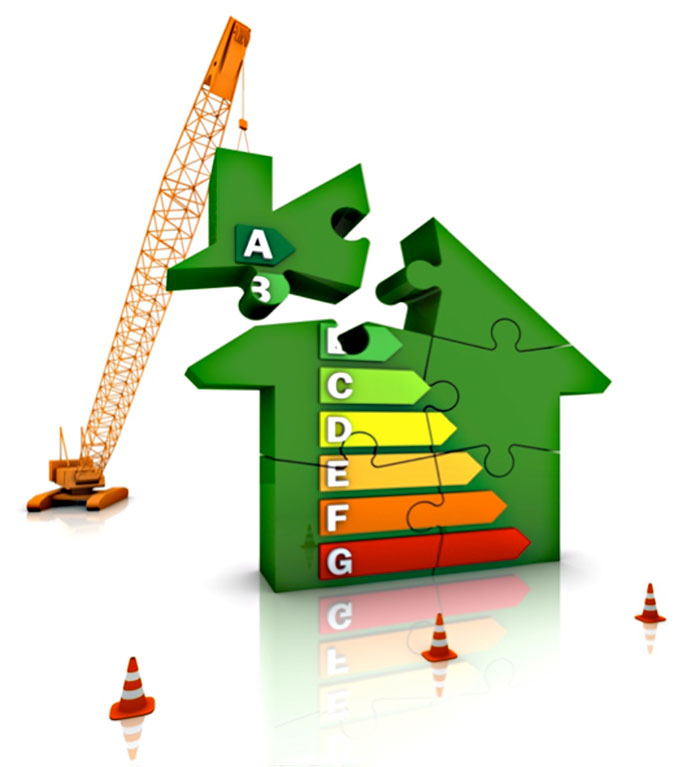
What is a net-zero building? Basically it is a building that creates as much renewable energy as compared to the Delivered Energy it uses. By this I mean the amount of electricity and natural gas that is provided by local utilities or the Delivered Energy that is tracked by some type of meter and that you don't physically create yourself. This Delivered Energy is compared to the renewable energy that you do create onsite (solar, wind, hydro, etc.) and the net difference is equal to or less than zero.
Depending on where you are located throughout the U.S. this can be difficult to achieve. Northern states that require more Delivered Energy to heat their buildings in the winter months may find it difficult to achieve net-zero. The amount of sunny days and their physical structures may not provide the environment to have enough solar panels and sun to generate the needed renewable energy to offset the Delivered Energy. And don't forget...those locations that have second and third shifts are going to be consuming delivered energy without the ability to generate renewable as there is no sunlight at night.
So what is the solution?
One key component to help reach net-zero in these types of scenarios is to use the most energy efficient products available. Products that use less delivered energy will in turn require you to create less onsite renewable energy. This is where technologies like LED lighting,
High Temperature Heating and Ventilation (HTHV) heating solutions, Energy Recovery and other energy efficient products can play a critical role in the net-zero puzzle. The higher the efficiency the product the easier it will be to reach net-zero. And in buildings that consume large amounts of delivered energy the higher the efficiency they are the better.
So for those organizations that are looking to achieve net-zero is will be important to look at the entire picture. It's not as simple as putting some solar panels on the roof and a few wind turbans on the property and hope you generate more than you consume. You need to take a holistic approach to the project by first reducing the amount of delivered energy consumed which will make it easier to offset it with the renewable energy that you create.
To learn more about the energy efficient HTHV technology read the U.S. Department of Energy's study, "
Field Demonstration of High Efficiency Gas Heaters".
Let me know what your thoughts are on achieving net-zero. I look forward to your comments.